By Claire Aubel
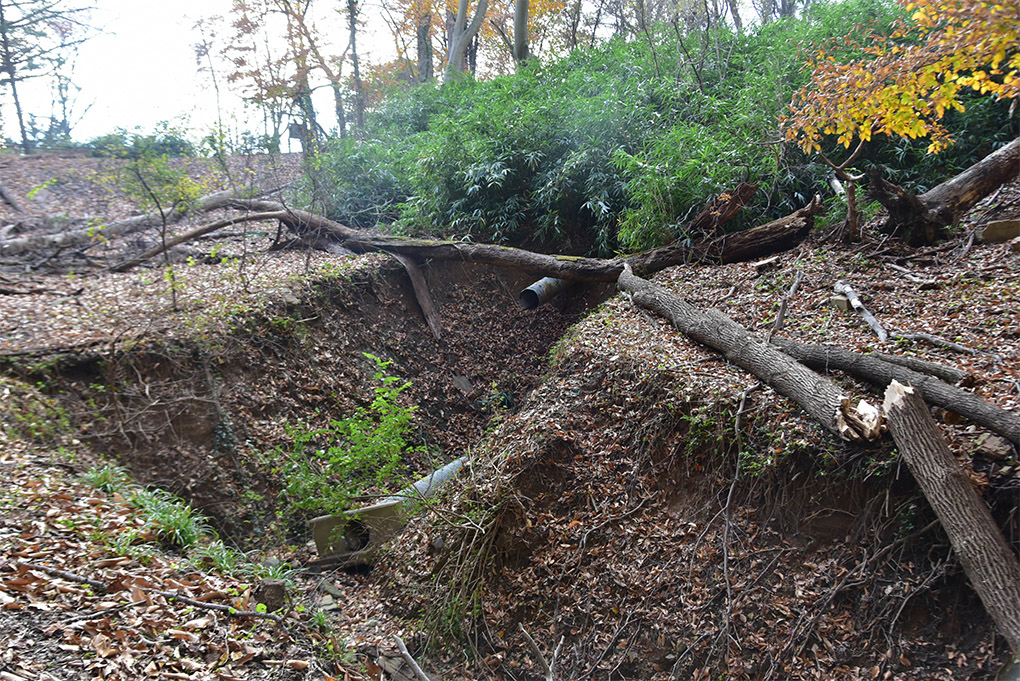
Among the rolling hills and old-growth forests of Druid Hill Park are a number of small, unnamed waterways. One such stream meanders along the Zoo’s Buffalo Yard Road and through the Maryland Wilderness area, continuing northeast to eventually join the Jones Falls, a main tributary of Baltimore’s Inner Harbor.
Fed mostly by groundwater, the stream is a mere trickle of water most of the time. However, even a small amount of rainfall can turn it temporarily into a strong torrent. Over more than a century, the narrow valley through which the stream flows has suffered extreme erosion. “We call it the ‘Grand Canyon of the Zoo’,” said Adam Wyatt, project manager at the Zoo. “We had a very serious, legacy erosion problem that started long before the Zoo began.”
In January, the Maryland Department of Transportation Maryland Port Authority (MDOT MPA) funded a restorative ecosystem project to revitalize the streambed and manage storm water that was pooling near the Zoo’s entrance.
Now, a series of cascading step pools gently directs and filters the stream as it continues downhill through the forest of towering beech, oak and tulip poplar trees. Layers of boulders, cobble, sand, and wood chips slow the momentum of the water to prevent erosion. At the same time, the process purifies the water by removing sediment and pollutants.
Near the Zoo’s main gate, MDOT MPA constructed a bioretention pond, which is similar in look and concept to a rain garden. Stormwater runoff filters through the pond and is directed to the Zoo’s Waterfowl Lake through underground pipes. In the process, pollutants are removed.
Correcting runoff issues near the Zoo’s entrance and restoring the streambed help to conserve a riparian habitat that is home to many native species of amphibians, insects, birds and mammals. The newly constructed filtration step pools and the surrounding landscape also provide an aesthetic for visitors to enjoy while walking into or out of the Zoo via Buffalo Yard Road.
Both projects were a collaborative effort funded by MDOT MPA. The pond and restored streambed were designed by Moffatt & Nichol Engineers, construction was completed by Maryland Environmental Service, and the areas were landscaped by Bry’s Lawn Care & Landscaping. Baltimore City Department of Parks and Recreation also partnered with the MPA for the projects.
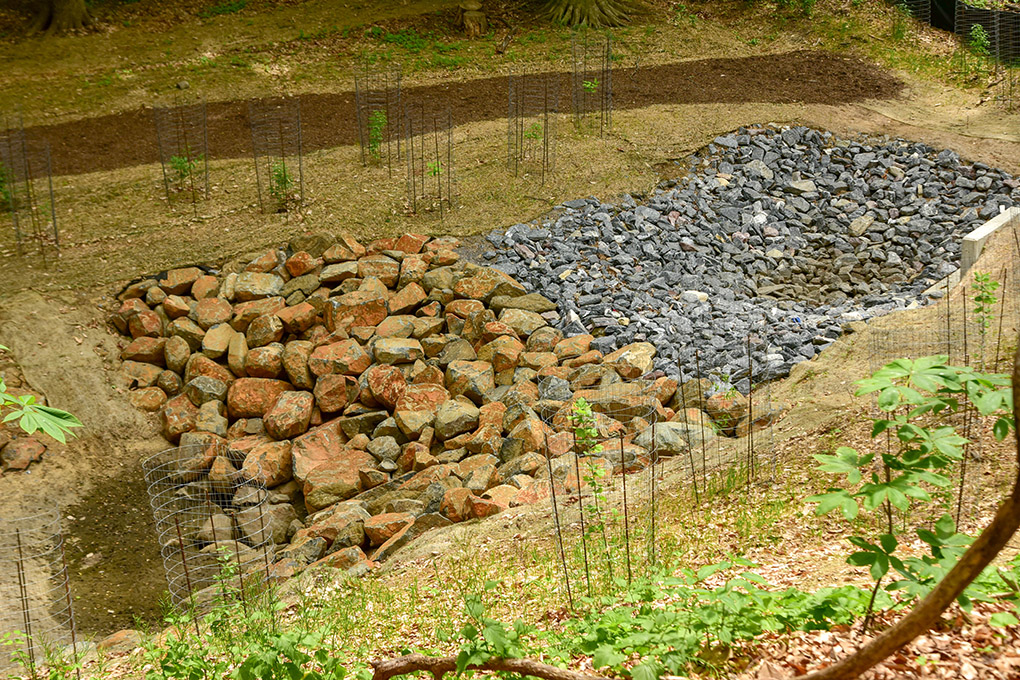
“We are very excited to partner with the Zoo. This is the first partnership we had together and for the Port of Baltimore, this will be the first stream restoration the Port has undertaken,” said Bill Richardson, general manager of Safety, Environment and Risk Management for MDOT MPA.
As a way of mitigating the impact of Port development, MDOT MPA honors the “Green Port of Baltimore” commitment, which also includes funding projects such as the well-known Inner Harbor trash wheels, solar compacting trash cans, and tree plantings around the city.
Among the nation’s ports, the Port of Baltimore ranks first for autos and light trucks, roll on/roll off heavy farm and construction machinery, imported sugar and imported gypsum. The Port ranks second in exported coal.
“The Maryland Port Administration is committed to growing the Port sustainably,” said Richardson. “That means taking responsibility for clean water, air, and land. We hope that these projects will help educate Zoo visitors and the local community about the importance of keeping our waterways clean.”
“Projects such as these show our guests that the Zoo is dedicated to conservation and the environment, and great things can be accomplished for our watersheds and the Bay if everyone works together,” said Wyatt.
To read more articles from ZooGram click here!

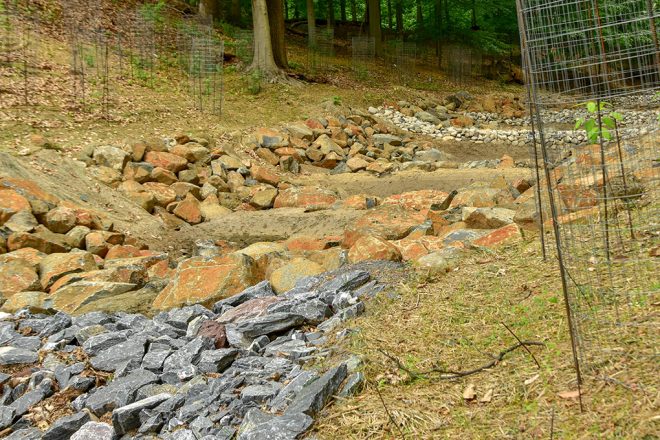
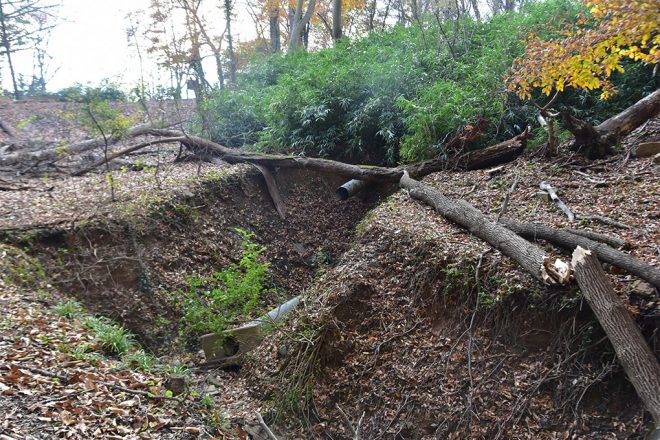
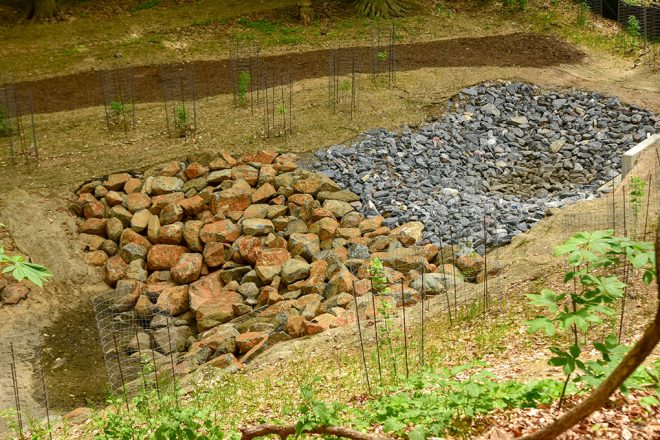



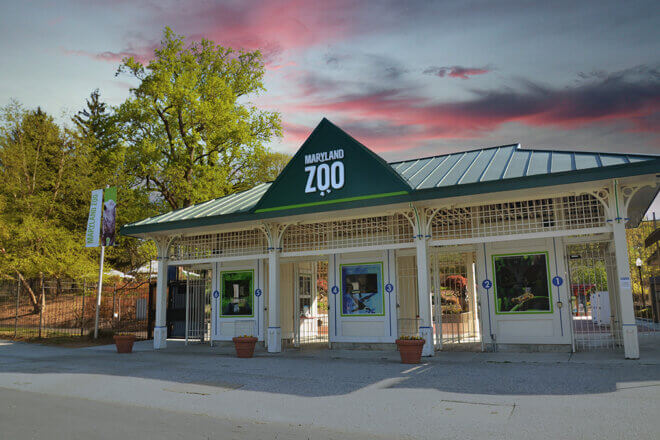
Share this article